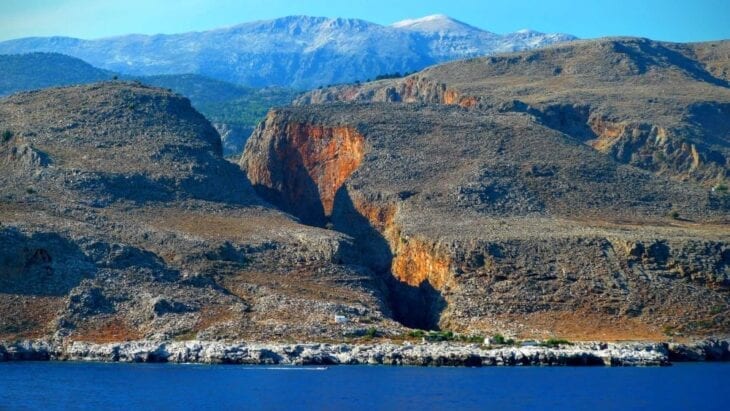L'Era Pre-Christian: Samaria

Samaria is made up of the central part of Palestine: it is a very large geographical area, but very bumpy as it is particularly mountainous.
In the past, given the particular conformation of the region, the cultivation of cereals was practiced, of the olive tree and a little’ of vine, but the economy was mainly based on the breeding of sheep and goats.
Today we try to encourage reforestation (to recreate the ancient forests) and to develop agriculture using intensive systems (on small territories): in fact, the territory does not allow the use of the machinery provided for extensive agriculture (on great terrors). Unfortunately the water, in summer it is scarce and this causes many problems for the population and the inability to adequately exploit the crops.
In antiquity, some important cities arose in Samaria: Shechem (almost in the center of the country), Silo, Bethel and Samaria and Caesarea Maritima, built at the time of the Romans.
![Gaza_WestBank_panorama[1]](http://www.veritadellabibbia.net/wp-content/uploads/2015/09/Gaza_WestBank_panorama1.jpg)
Samaria was for a long time the capital of the Northern Kingdom and on Mount Gerizim, which rises near the city, and the Samaritans (that is, the members of the religious sect in contrast with the Jewish group of Jerusalem) they performed their sacrifices similar to those performed on Mount Zion in Jerusalem, in the Holy Temple.
The sect of the Samaritans still survives to our days and on Easter night the priest still makes the sacrifice of the lamb, while this is no longer possible for other Jews who no longer have a temple to make the sacrifice.
In modern times they arose, especially on the coast, many important cities: Tel Aviv which was the first administrative capital of the modern State of Israel, Natariya, Nabulus, which rises right near ancient Samaria.